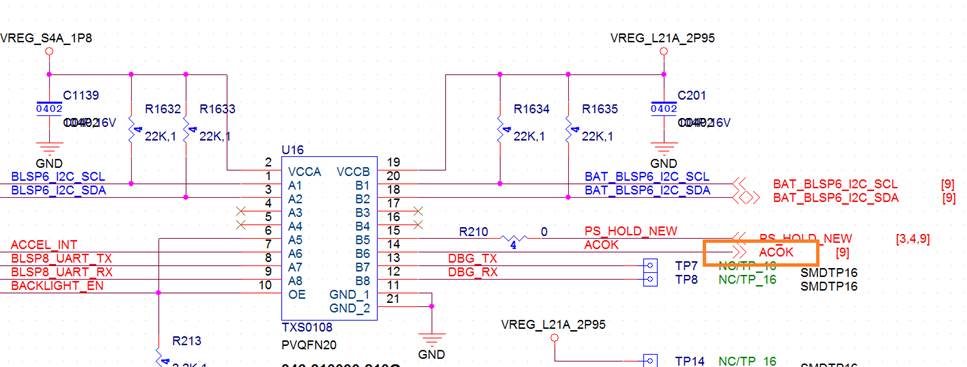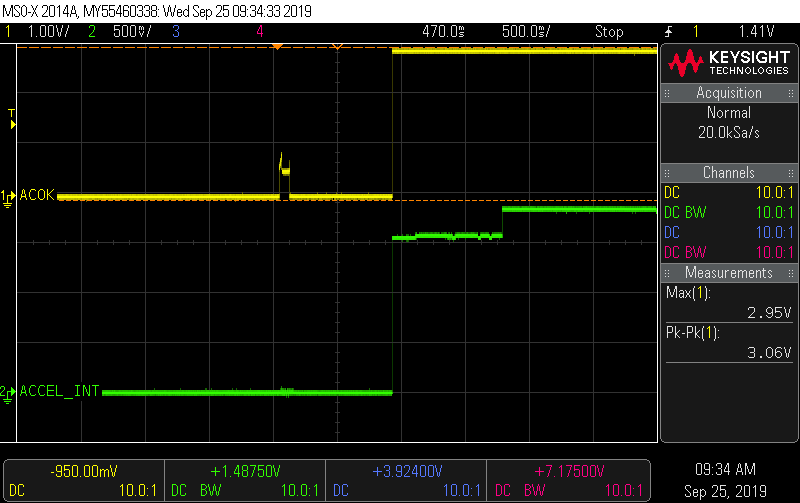Other Parts Discussed in Thread: BQ24715
Dear sir,
Our customer is using TXS0108E, and occurring a problem,
When OE pin is low, the output should be Hi-Z, right?
But they found there a few IC that pin14 will pull the voltage level low when OE is low. It will cause their system cannot be turned on.
And the failure follows the suspect IC. Replacing the IC can resolve the issue.
Customers want to know the detail circuit in TXS0108E. Why is the phenomenon happen?
Would you please help to provide the internal circuit of TXS0108E? Thank you very much.



